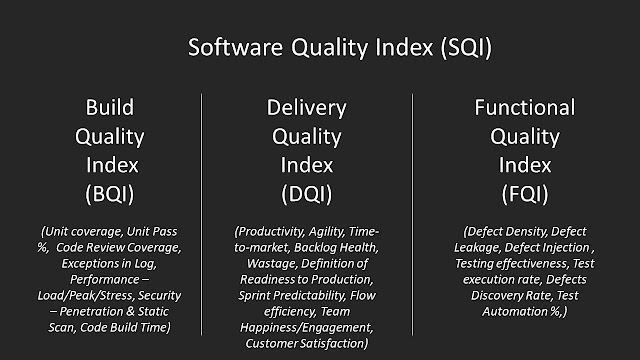The idea of Vedcraft came into existence a few years back while mentoring a programmer to be groomed as a software architect. In hindsight, when I was working as a senior software engineer, I wished to find a place to get connected with my mentor and share the practical knowledge of software design and software architecture.
Vedcraft is an honest effort to help in grooming software programmers as software architects. In addition, seasoned architects can help groom aspiring architects and also collaborate, and share their knowledge.
Vedcraft has initially designed with the following focus areas in mind and will continuously evolve as it progresses.
- Architecture – with focus on sharing foundational elements of software architecture as a practice
- Learning Path – with focus on providing a clear path to be groomed as an architect
- Certifications – with focus on providing knowledge, learning, and experience on architecture certifications
- Tech Trends – with focus on sharing upcoming architecture trends and technologies
- Tech Events – with focus on providing information on key industry technology events and sharing learning from those events
Please share your feedback and comments to ensure that this initiative becomes successful and looking forward to your support.
A glimpse of website launched:








